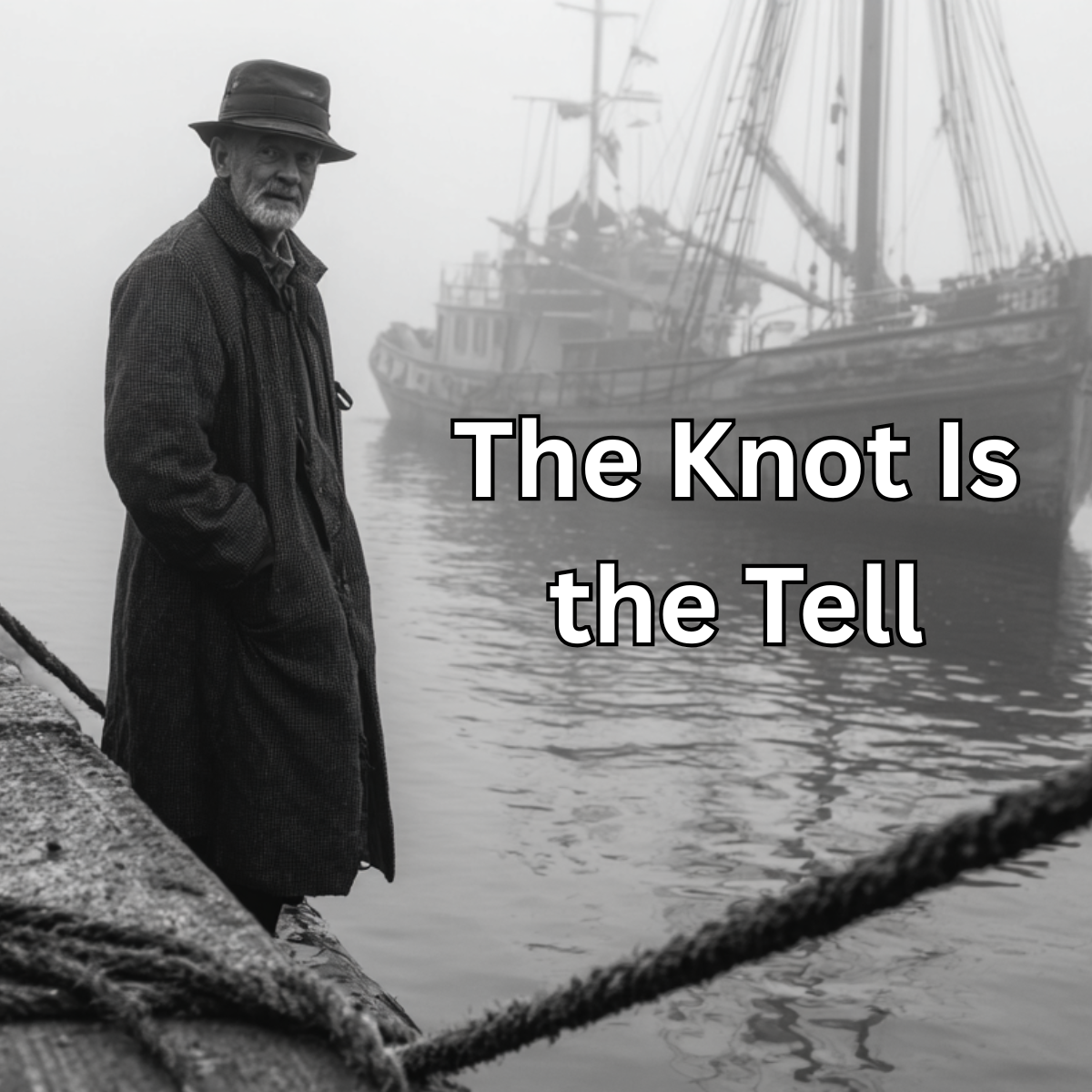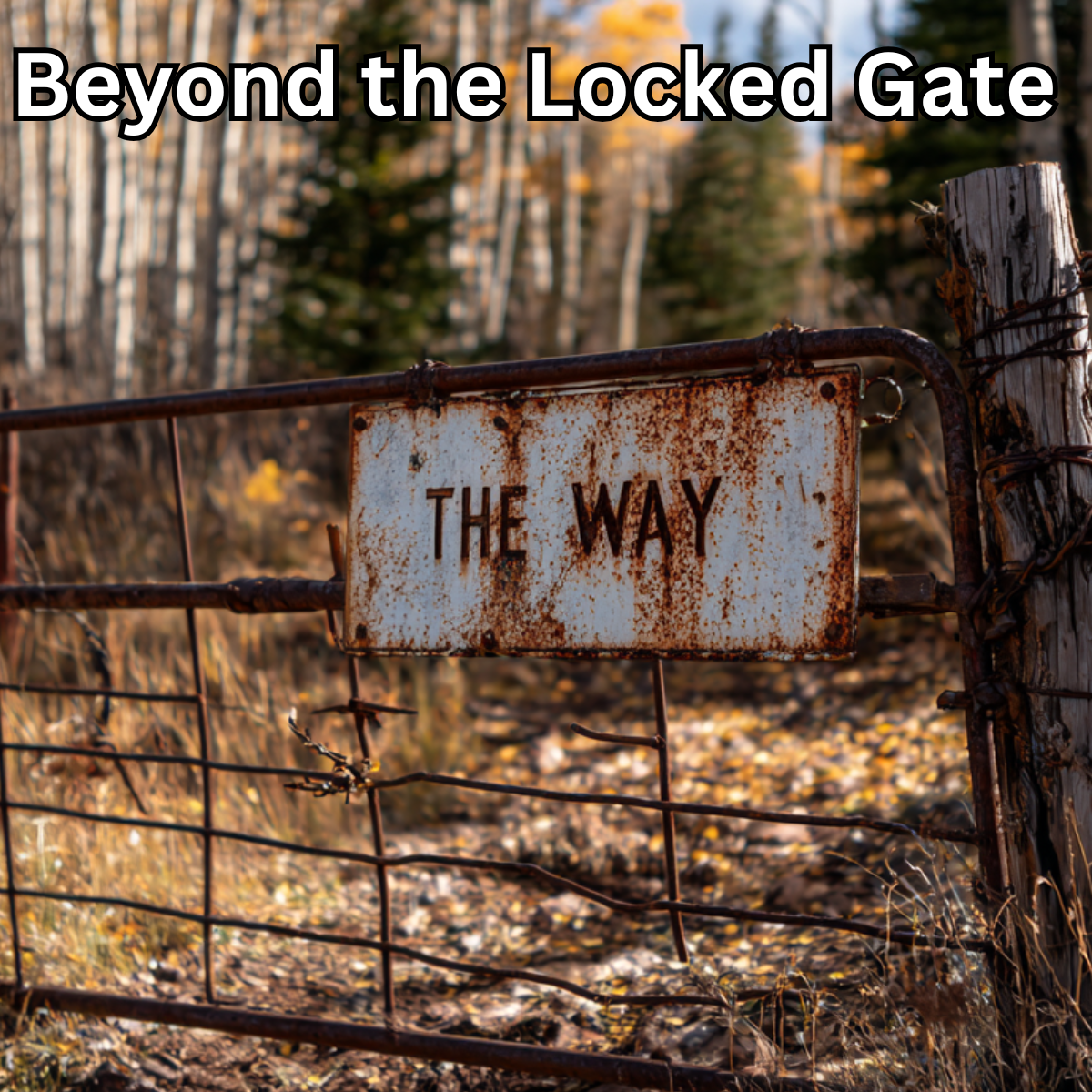
My experience as a small business owner taught me many things. I have several axioms that rule my existence now and most of them have come from the trials and tribulations of owning a company. My MBA was not earned in a management school it was earned literally at the school of hard knocks. It was there, in that lab, that I tried many ideas only to see them fail and fall short. When your ideas cause your company to fail and payroll checks left uncut, that is a sudden and sobering wake up call. I learned quickly to dismiss notions that I knew instinctively would not produce the only real outcome and that was profitability.
However, the most important lesson that I learned during my sojourn as business owner, I had picked up years before. While working for an organization, I had the experience of having a new leader come in. The previous leader was an aggressive business man with years of experience in the financial sector. This new leader was a soft spoken man, with a gentle demeanor with a lifetime in serving in politically appointed roles. The organization had started to take on the characteristics of the previous leader. We were a bunch of business first people, who looked and acted like mortgage brokers. I think we even dressed that way. The new guy came in and did not look like that at all. He was a friendly, happy guy with a big smile, an infectious laugh and would love to spend hours talking to us about what we were doing in our jobs.
I was in a leadership role and I remember my first conversation with the new leader. I was excited to explain to him all the problems that needed to be fixed. I think I even had made a list of 20 or 30 things that were bugging me. If we could only fix these issues, then life would be grand. We would be propelled to greatness because we needed to only make these simple improvements. This new leader listened carefully, asked some good follow up questions. I really thought I was making some headway, when he looked at his watch and said that it was nice visiting with me but that he had another engagement to get to. I was perplexed. Were we going to implement any of my suggestions? Was he giving me the authority to start making the changes required? When I asked, he smiled, put his arm around me and walked me toward the door of his office. On our way out, he said something to the effect – “Reams – it is never a smart idea to make changes to an organization that you do not fully understand. We will make some changes in due course, but what is needed now is understanding and patience.”
I did not understand why he said this until years later. I would eventually be in charge of several organizations. My own company, a computer science department, a division or two in corporate america. I have seen people come and go in organizations. I have seen people come in and make radical changes, finding some success but creating worse problems. I have seen people make assumptions about how and why the business functions as it does and make moves that actually cause worse harm. Worse of all, I have seen people attempt to remove all the friction out of the organization. This they think is the right thing to do. Remove the friction, get things running smoother. From an operator stand point, this seems like the best path to success. On paper this is true, but in reality it is incredibly harmful to the lifeblood of the business.
An analogy helped me understand this concept. Think of the transmission in a typical vehicle. The transmission converts the torque from an engine to the axle which ultimately turns the wheels. The gears in this transmission bear the brunt of the incredible amount of friction that occurs in this energy transfer to the wheels on the road. If you think about it, the gasoline engine is incredibly efficient at producing a motion around a crank shaft. That singular motion, propelled by pistons firing in rapid succession in a marvel in human engineering. However, that motion is not good enough to propel a well balanced vehicle designed to transport humans on a roadway. We need to turn two to four wheels an that rotation motion is in a different direction than the motion of the pistons. So we require a transfer, a gearing system that will cause this to happen. This process, but its very nature causes friction. The friction is necessary to produce the motion. You could work to remove all the friction from this process, but by so doing, would make the energy transfer completely useless and the vehicle would have no power to the wheels. You can increase the friction, really make the gears do a lot of work and you will get a lot of power to the wheels but your run the danger of a transmission failure. There you have it, friction is required for power, but too much and you will fail.
My favorite example of this is a young woman that I met that took over her father’s business. He was a bit of a reckless business owner. His business was nothing but friction. Sales people fighting with sales people. Everyone hated finance, the operations team was the brunt of all the jokes. He fostered this environment, one of a caustic antagonism. Everyone though they had his favor, but he was constantly sowing seeds of doubt about his leadership team. The company sold a variety of household improvement type things. He was focused on getting people to overspend their budgets on their dreams and hired carnivorous shark like people that were fine with this concept. The business was growing, and operational support was becoming a problem. The business owner wanted to focus on growing, buying new organizations, making deals with manufacturers. He consequently hired his daughter, fresh out of management school to take the reigns.
I took part in her first meetings with the company. She gathered the leaders around her in a board meeting. She had all the right plans. She had someone cater lunch, she had the whiteboard ready. She had her father open up and give the reigns to her in a semi-formal ceremony. She let each person talk, and she pretended to listen. By the end of the day, she began the process of laying out on the white board of what the new and perfect organization was going to look like. She expertly explained how this new org structure would address the concerns that each person brought up. She created a new plan for compensation for the leadership, There was some disgruntled feelings about reporting structure, but a new office was announced and everyone was excited about the prospects of all the changes. Above all, everyone was relieved that someone finally understood where all the friction was and that it was going to be promptly and efficiently removed.
I was the technology consultant and armed with a giant credit line she took out with a major financial institution, we starting putting everything in that was needed to run a smooth business. New office, new warehouse gear, new ERP, new phones, and even a new website. She spent a ton of time ironing out all the problems in how people got paid, how phone calls from clients would get routed, how leads from the web site would be triaged. I taught her how to use a modeling tool and next thing you know, we had workflows in place for every aspect of the business. She was up all night every night, creating new plans, new operations charts and expansion plans. As she made progress through this, she started to remove the troublemakers. Those sharks that would close deals, but then complain about the new “process” the had to go through to get paid.
I remember one particular day. I was there to investigate a new system that she wanted for counting patrons that were in different parts of the store. She had an idea for monetizing product placement and I was helping her investigate a few options. This was a fun idea, but I could not help but notice that there just were no customers in the store. The environment looked great. Well organized sales floor, awesome looking technology, nice looking phone system but no clients. A bunch of young, green sales people standing around like a pack of hyena’s waiting for some fresh meat. Six months later, I was selling all that equipment at a creditor auction for the capital company.
Had the growth rate stayed even remotely what it had been historically, all the financial models would have worked. However, with the friction removed from the business the growth rate plummeted. She did the right things, she kept the operating capital in the business and used a credit line to fund the expected growth. The problem is that the growth did not sustain, the friction free environment created a fly wheel that spun with no momentum. She made rapid changes, removed the friction that everyone saw in the company and very efficiently, and with absolute precision bankrupted the organization.
A highly efficient transmission in a car, or a smooth running company, or even your personal ambitions are a careful balance between the desire for ease and the need for some friction. Be wary making changes too fast, be patient in your understanding, resist the urge to eliminate all friction. Things are the way the are for a reason. Friction is needed for growth.
Guy Reams



